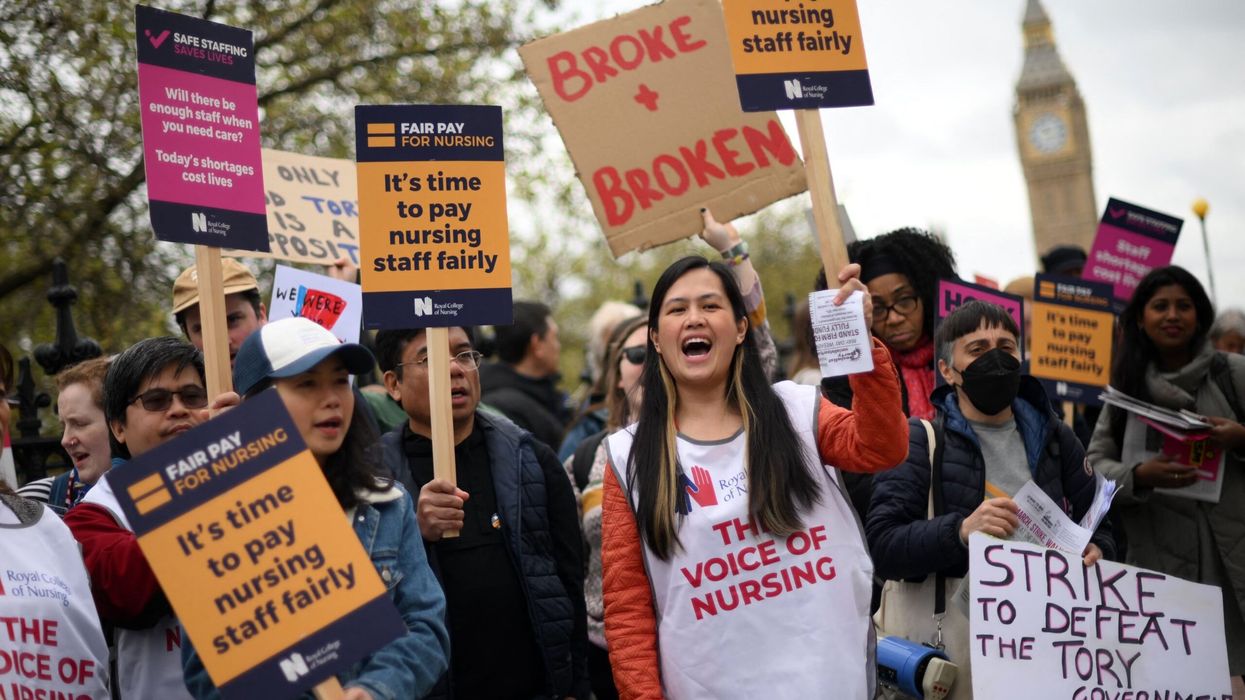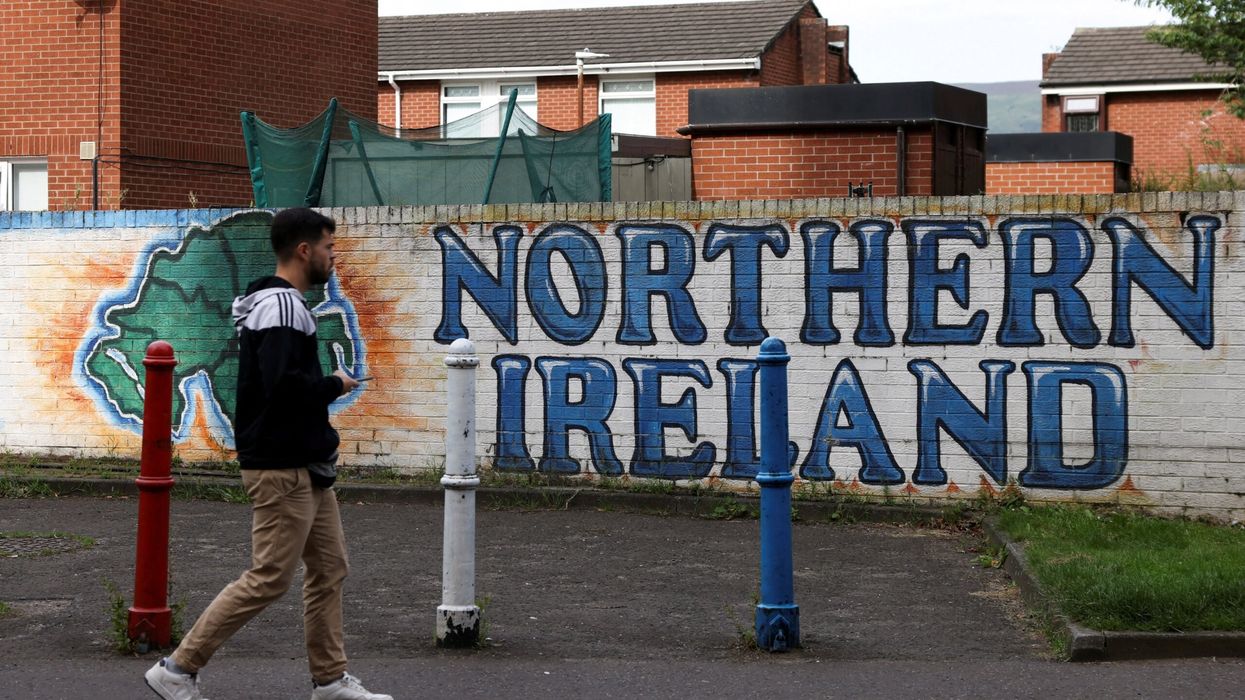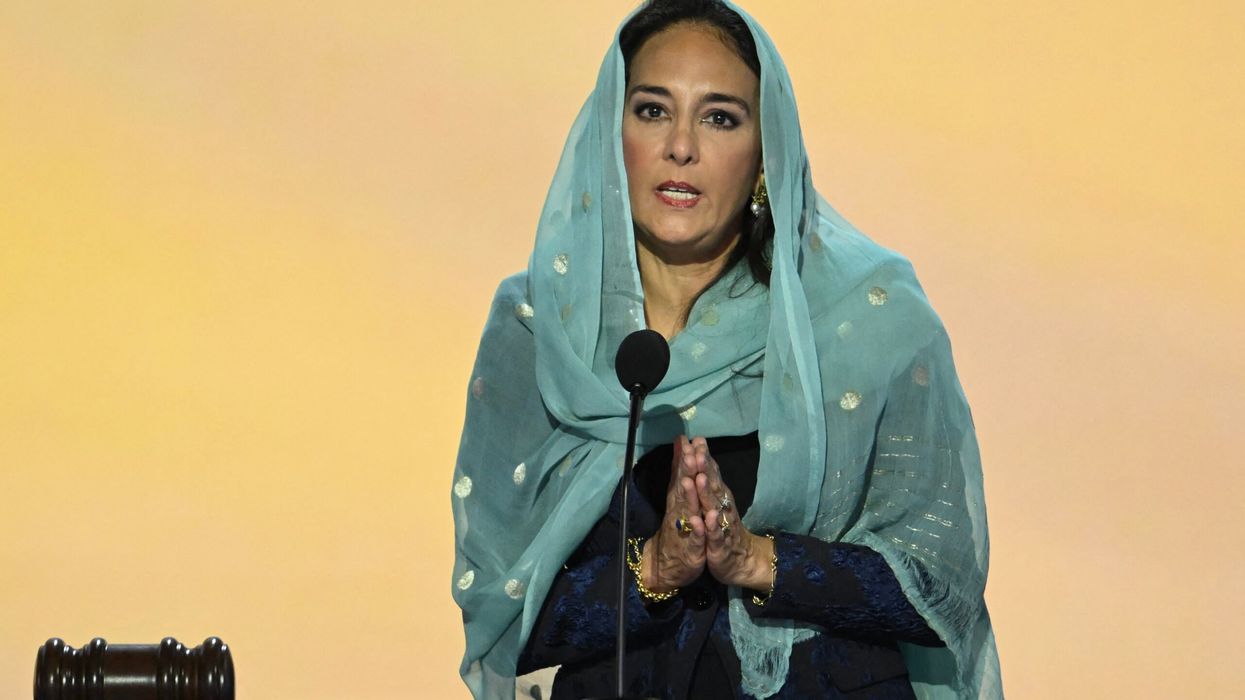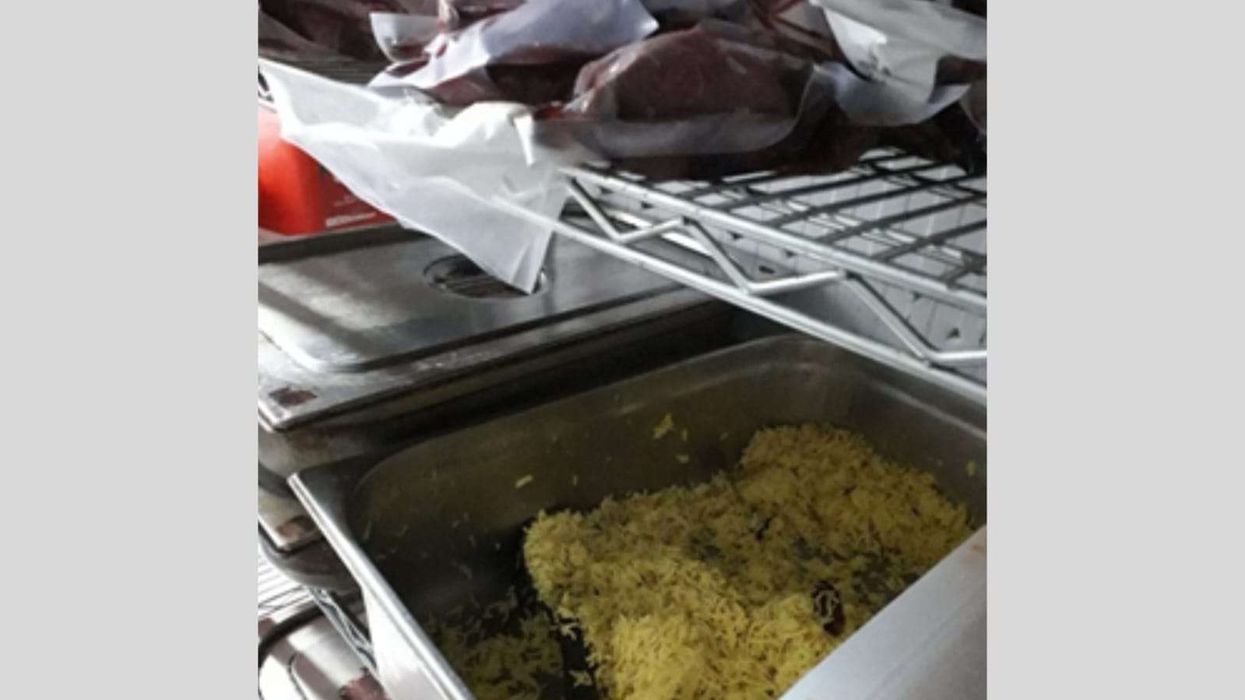A "HEARTLESS" East London man who killed two women and hid their bodies in a freezer at his home has been jailed for a minimum of 38 years.
Zahid Younis, 36, of Canning Town, was convicted at Southwark Crown Court on Thursday (3) of of murdering Mihrican ‘Jan’ Mustafa, 38, and Henriett Szucs, 34.
The women’s bodies were found in “a small chest freezer” that was locked, with items stacked on top.
Subsequent examinations revealed the victims had “sustained multiple injuries”, including “numerous rib fractures”, officers said. Mustafa's larynx was ruptured, and Szucs's skull was fractured.
Reports said Younis was a convicted sex-offender and a "manipulative killer", with a "history of abusing women". He had earlier been jailed for impregnating a 14-year-girl, after marrying her at a mosque.
Detective chief inspector Simon Harding said Younis was “a violent, manipulative man with a history of abusing and controlling vulnerable women, often with transient and chaotic lifestyles like Mihrican and Henriett”.
“It was a good old-fashioned police hunch that made them force open the freezer, intuition that something just wasn’t right,” he added.
“Younis’s actions are repugnant to us all. He lied throughout the trial, fabricating a story about how others had been responsible for both deaths; something he only came up with once he had heard the prosecution case against him. I am thankful the jury carefully considered the weight of the evidence against him and have convicted him today.”
Police had searched Younis’s flat in April 2019, after a friend reported that he was missing.
Szucs was a Hungarian national, who moved in with Younis in March 2016. Reports said Younis was ‘violent and controlling towards her”. She had been suffering from some mental health issues, officers added.
She died in November 2016, and Younis bought the freezer, which was purchased “for the sole purpose of disposing of her body”, according to the prosecution.
‘Jan’ Mustafa was last seen alive in early May 2018, and reported missing by her sister.
Between September and November 2018, Younis was imprisoned in another case, and his electricity supply got disconnected, leading to “decomposition of the bodies in the freezer and causing a foul smell”.
Subsequently, an electricity engineer, who attended the house to clear the debt on the meter, noticed the bad smell even as Younis “sprayed the air freshener” to cover-up.
When investigating officers arrested Younis in April 19, he told them: “It’s my house, it’s my problem. No one else is involved.”
Following the trial, Justice Cheema-Grubb, said: “It will surprise no-one in this room that the defendant has declined to attend his sentence, while he sits in the cells below, but I will address these remarks to him so when he has the courage to read them he will understand why the court has reached the conclusion it has.”
She described Younis – who showed “no remorse.” -- was a “heartless man and a narcissist”. Calling him an “arch-deceiver”, the judge added: “You have preyed upon the vulnerable with superficial charm.”
After the verdict Mustafa’s family said: “Jan’s death has changed our family forever. From the moment we found out that she was missing, we spent every moment of every hour looking for her and we never for one minute gave up.
“When Jan didn’t come to her daughter’s birthday, she wrote:
‘To mummy - Please come back I really miss you. You missed my 11th birthday party (it was the worst party ever) I sat in the corner crying my eyes out looking at your pictures and reading your poems while in my head screaming, “where are you! Please mum, come back home.’
“Deep down I knew something wasn’t right because you would never leave your children. They were your world.”
Mustafa, the family added, was “a gentle being, who still had her whole life ahead of her, to live and watch her children grow”.
“Jan was a fantastic mother,” the family said. “She adored her children. She loved to dance. She was artistic. She was creative. She was beautiful. She was friends with everybody and very funny. She celebrated life. She was optimistic. She never said anything bad about anybody. She would give her last penny to someone in need. She was an angel. She is an angel.”
A statement on behalf of Szucs’s family read: “Maria, Henriett’s mother, has been hugely overwhelmed by the death of her daughter. Not only because she was murdered but because it happened in another country. A country where she doesn’t know the law or know the police investigation and court processes.
“The fact that Henriett lay deceased in a freezer for two and a half years with no-one looking for her or realising she was missing, torments Maria on a daily basis.
“The inner turmoil she suffers is as you would expect for a mother mourning the death of her child and to make matters worse, she hasn’t been able to see her or lay her to rest. This is most unimaginable for any family member but particularly a mother.”












